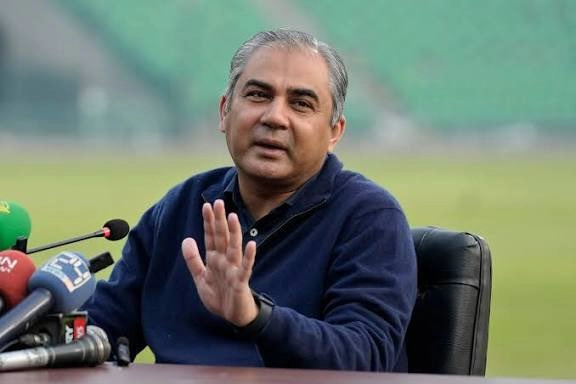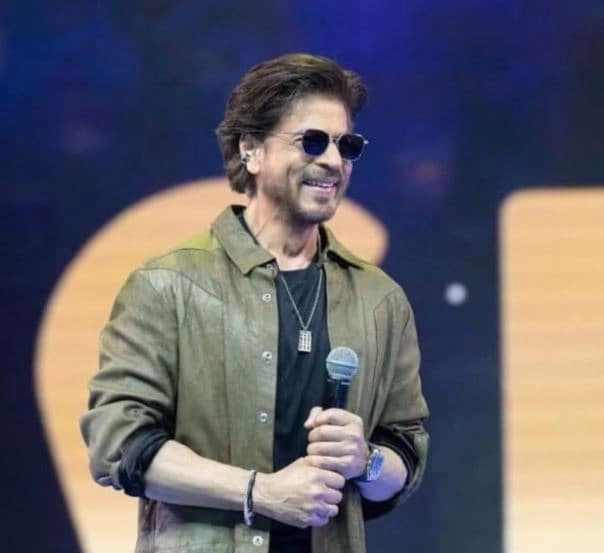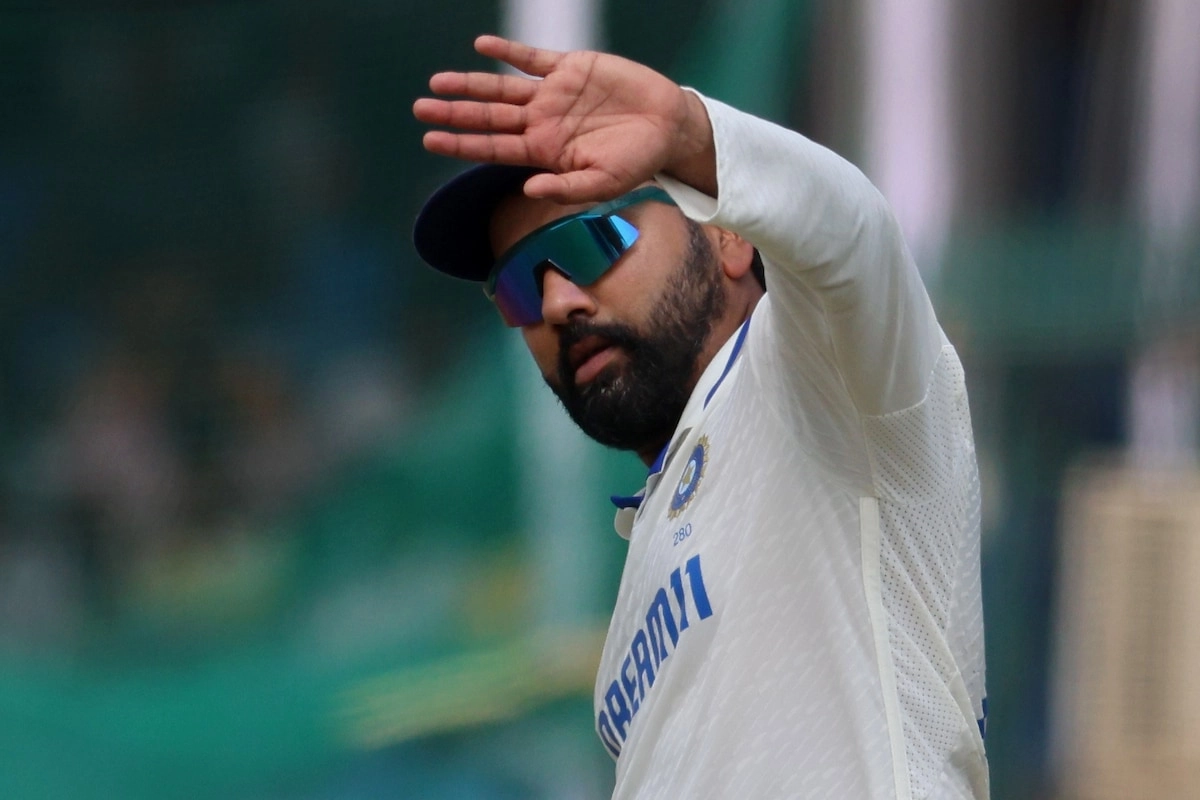In recent discussions, the dynamics between India and Pakistan, particularly in the realm of cricket, have taken center stage, especially with the World Cup on the horizon. The comments made by Indian cricket officials regarding Pakistan’s leadership, particularly targeting Mohsin Naqvi, have sparked a wave of reactions. Naqvi, who has been in the spotlight due to his role in media and governance, has been criticized for allegedly lacking the requisite knowledge and understanding necessary for effective leadership, particularly in the context of cricket administration. This assertion raises important questions about the roles of various stakeholders in sports management and the influence of military and political structures in shaping the narrative around sports in Pakistan.
The assertion that the Pakistan Army decides everything regarding the nation’s cricketing affairs adds another layer to the conversation. Historically, the military’s involvement in Pakistan’s political and social spheres has been significant, and its influence extends into sports as well. This intertwining of military and cricket raises concerns about the autonomy of sports organizations and the impact of external pressures on performance and decision-making. Critics argue that such an environment stifles creativity and innovation within the sport, as decisions may be swayed by non-sporting interests rather than the best interests of the game and its players.
Furthermore, India’s cricketing success on the world stage has often been a point of pride, and they have consistently positioned themselves as a formidable force in international cricket. In contrast, Pakistan’s cricketing narrative has been marred by instability, both on and off the field. The perception that military influences overshadow the voices of experienced cricket administrators in Pakistan could hinder the country’s ability to compete effectively. The contrasting approaches of the two nations towards cricket governance could be pivotal in determining their future performances in international tournaments, including the World Cup.
As the World Cup approaches, the dialogue surrounding leadership, governance, and the role of the military in sports will likely intensify. Both nations will be keen to project strength and capability, not just in their teams but also in their administrative structures. It remains to be seen how these internal dynamics will play out on the world stage and whether they will influence the outcomes of the much-anticipated matches. Ultimately, the focus should be on fostering an environment that allows for the growth and development of cricket as a sport, free from external interference, enabling both countries to showcase their talents on an international platform.




